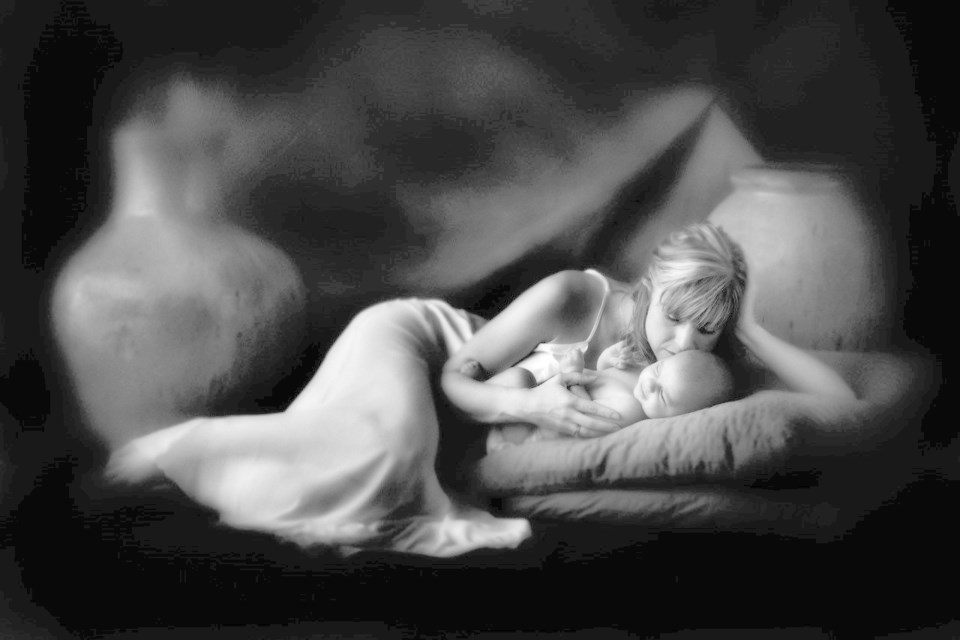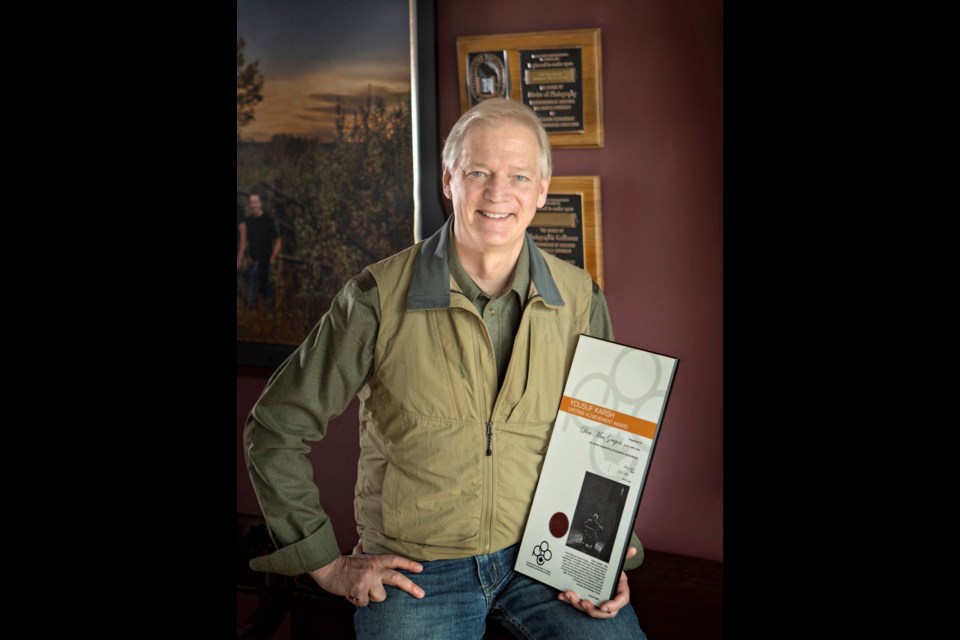Photographs can tell a story.
And when a skilled photographer is behind the lens, those stories can vividly come to life and transcend the technical challenge of clicking a shutter button when light conditions are optimum.
That’s what Richmond’s Don MacGregor has been doing professionally for nearly 50 years, and recently he was awarded the Yousuf Karsh Lifetime Achievement Award that recognizes photographic excellence in the ranks of the Professional Photographers of Canada (PPOC).
“The story-telling part of taking a photo is really critical,” said MacGregor, who began working at 16, shooting for a Vancouver studio. “It’s what I enjoy the most. But it’s one of the hardest aspects for the public to understand.”
MacGregor said that with the vast amount of technology surrounding the process of taking photos today — in terms of the latest and greatest equipment — the aspect of capturing and presenting an image that has a depth to its meaning is often overlooked.
“How good you are at Photoshop or how many megapixels your camera can shoot does not automatically make for good photographs,” said MacGregor, who has called Richmond home for 35 years. “It’s not about the equipment and the notion that if you have great gear you must be a professional.
“That’s one thing the industry is really struggling with — trying to educate the public that technology is not the be all and end all.”
As an example, MacGregor said that legendary writer Ernest Hemingway wrote his stories using what would be, today, considered humble equipment — a manual typewriter or even written by hand.
“Ernest Hemingway was an amazing writer — his books will live on forever. And yet, he probably used an old, Remmington typewriter or maybe even just a notepad and plunked away writing his books,” MacGregor said. “Today, we use technology that is light years ahead of that, yet we don’t consider ourselves authors of those kinds of great books.
“It takes a lot more than good technology to take a good photograph or write a good novel.”
It also takes experience to hone your craft, something MacGregor began compiling while attending Magee secondary in Vancouver where he was introduced to the photography through a school-based camera club.
“A friend of mine — he was the nerd of the entire school — got me involved in the camera club. And I began shooting weddings for a studio in Vancouver when I was still in high school and didn’t even have my driver’s licence,” he said. “My grandmother, a little, old, white-hired lady, used to drive me to the weddings. And I used to tell her, ‘Grandma, park around the corner. Don’t let anybody see.
“But it all worked out well. And that was 47 years ago. So, I have been behind a camera for a very long time,” MacGregor said, adding he feels humbled to receive the Karsh award, which is named after the legendary Canadian portrait photographer.
MacGregor said at the root of his work is his ability to fully convey a story through his images, something he said has been a constant in his work and is becoming more the norm as technical ability, he feels, is not always at the forefront for a growing number of photographers.

“Approximately 15 years ago, the Professional Photographers of America, the largest association in the world, had a membership of about 10,000 people, 90 per cent of which was male,” MacGregor said. “Today, they have 30,000 members and 70 per cent are women.”
That huge swing has made a significant impact in the types of photographs being taken, he said.
“Basically, it’s soccer moms, bored housewives – people who think photography is fun. And they are doing something that is very good. They are bringing a lot of emotion into photographs.
“The not so good part is they have no interest or skills in the technical side of good photography. They just want to take pretty pictures. But when it comes to the story-telling part that is huge.”
MacGregor said he discusses at length with his clients what emotional symbols can be incorporated into his photographs. Sometimes, it’s the family’s dream home. On one occasion it was a backyard fire pit where one family regularly gathered around and spent time together.
“That was such an important place for them, where they all did a lot of growing up. And now the children in the family were growing up and ready to go their separate ways and this was an important moment in time for them to capture,” MacGregor said.
didn’t even have my driver’s licence,” he said. “My grandmother, a little, old, white-haired lady, used to drive me to the weddings. And I used to tell her, ‘Grandma, park around the corner. Don’t let anybody see.
“But it all worked out well. And that was 47 years ago. So, I have been behind a camera for a very long time,” MacGregor said, adding he feels humbled to receive the Karsh award, which is named after the legendary Canadian portrait photographer.
MacGregor said at the root of his work is his ability to fully convey a story through his images, something he said has been a constant in his work and is becoming more the norm as technical ability, he feels, is not always at the forefront for a growing number of photographers.
“Approximately 15 years ago, the Professional Photographers of America, the largest association in the world, had a membership of about 10,000 people, 90 per cent of which was male,” MacGregor said. “Today, they have 30,000 members and 70 per cent are women.”
That huge swing has made a significant impact in the types of photographs being taken, he said.
“Basically, it’s soccer moms, bored housewives — people who think photography is fun. And they are doing something that is very good. They are bringing a lot of emotion into photographs.
“The not so good part is they have no interest or skills in the technical side of good photography. They just want to take pretty pictures. But when it comes to the story-telling part that is huge.”
MacGregor said he discusses at length with his clients what emotional symbols can be incorporated into his photographs. Sometimes, it’s the family’s dream home. On one occasion it was a backyard fire pit where one family regularly gathered around and spent time together.
“That was such an important place for them, where they all did a lot of growing up. And now the children in the family were growing up and ready to go their separate ways and this was an important moment in time for them to capture,” MacGregor said.



